Comics go to College
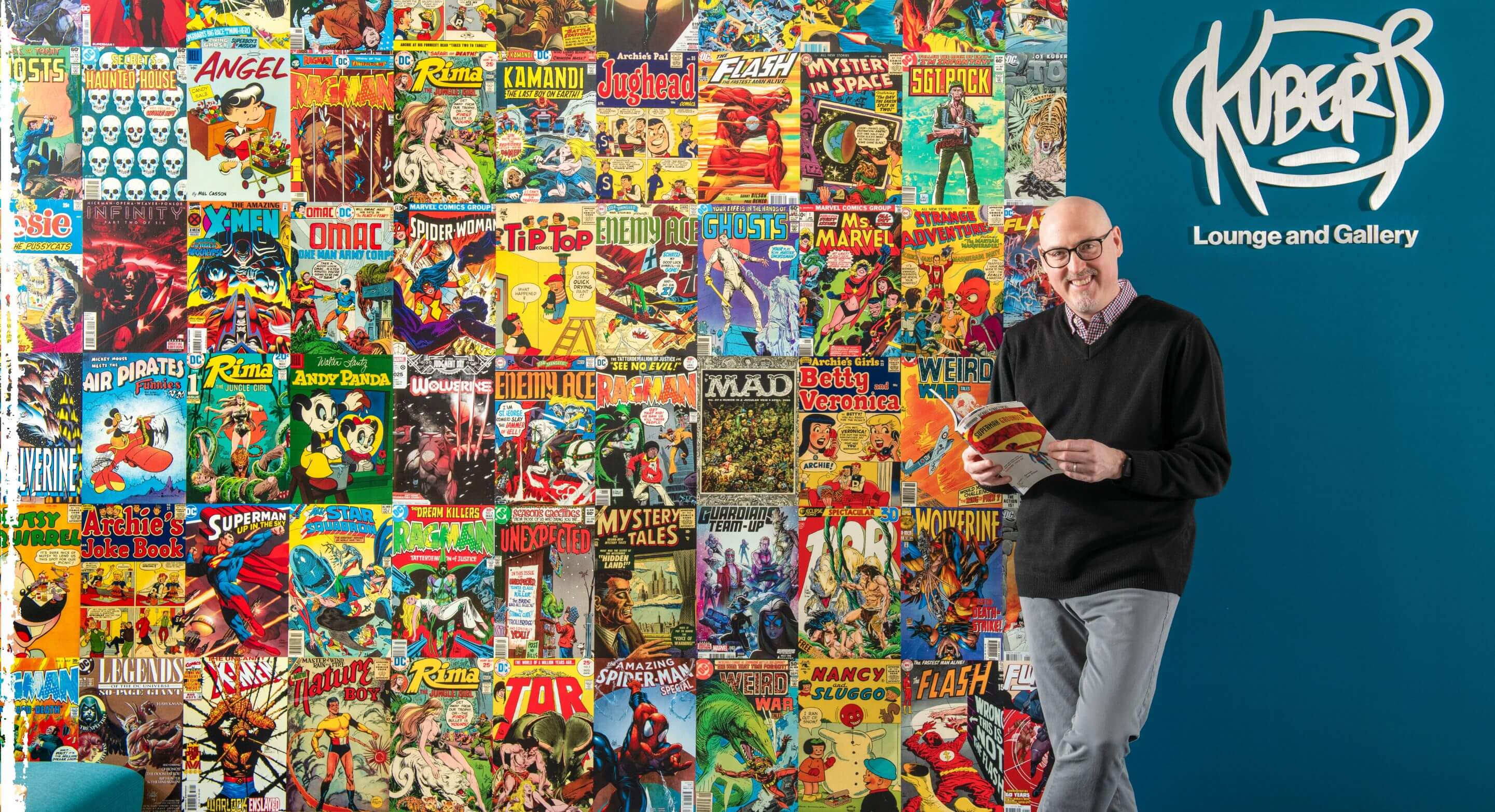


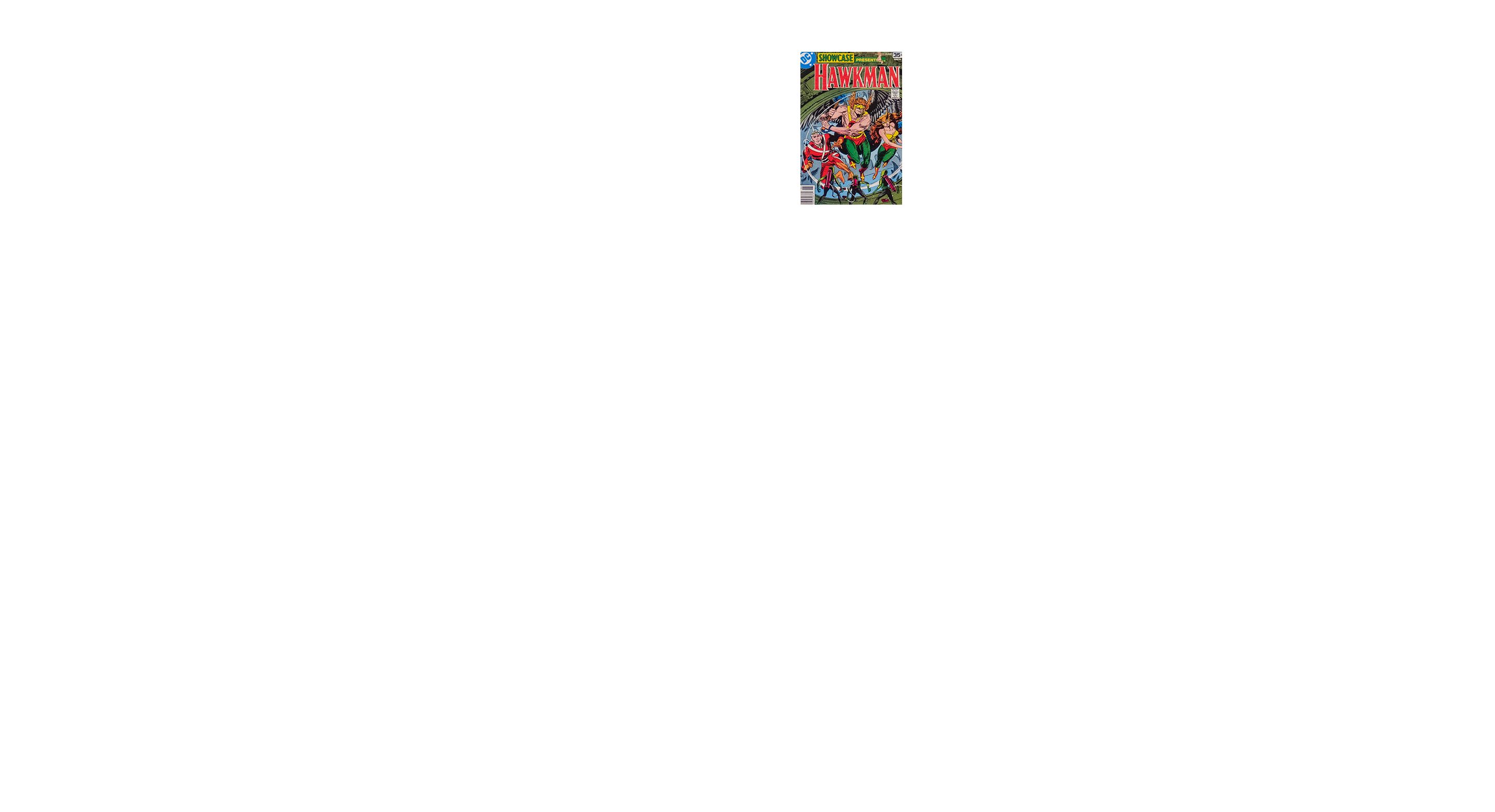
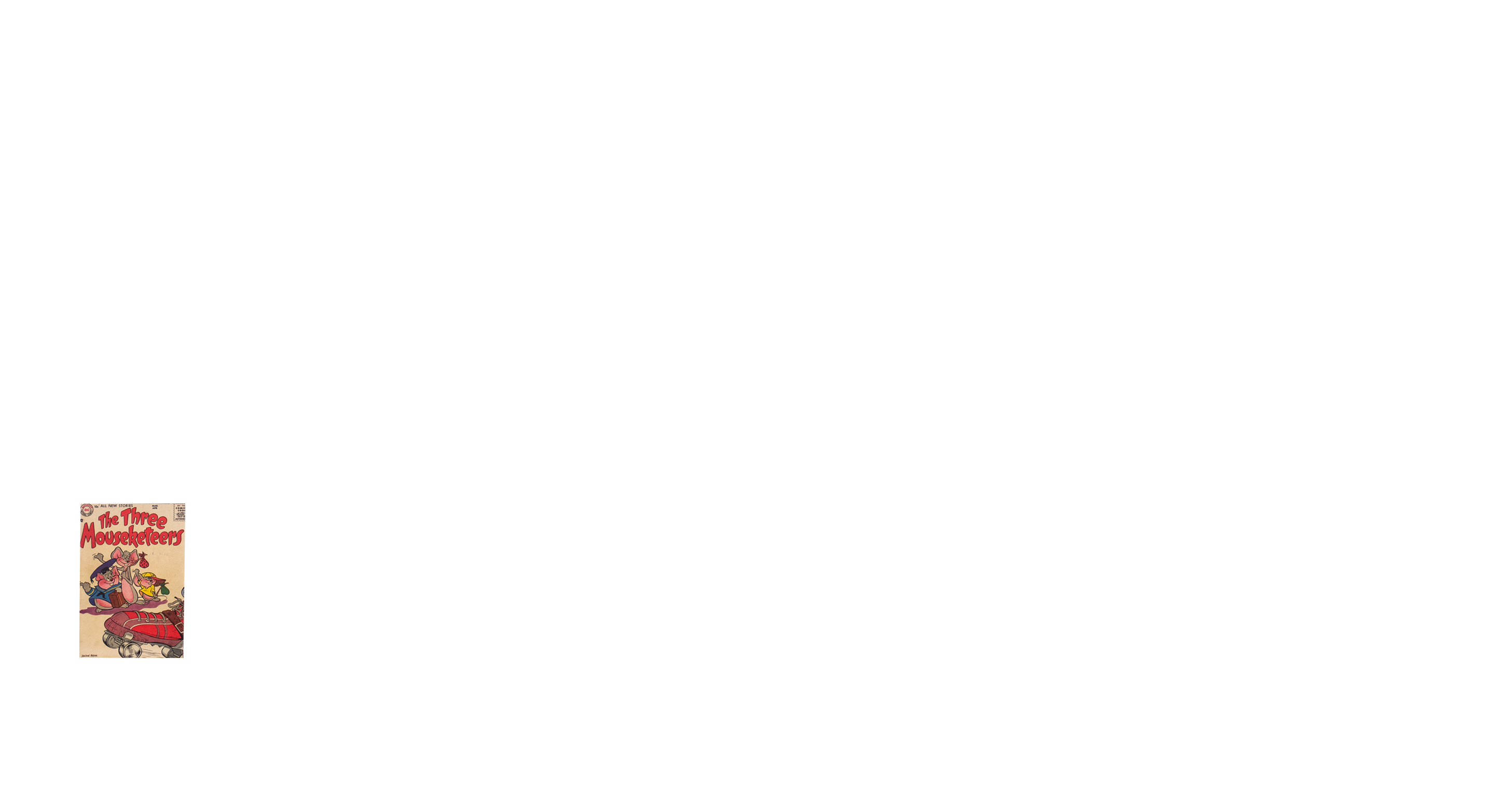
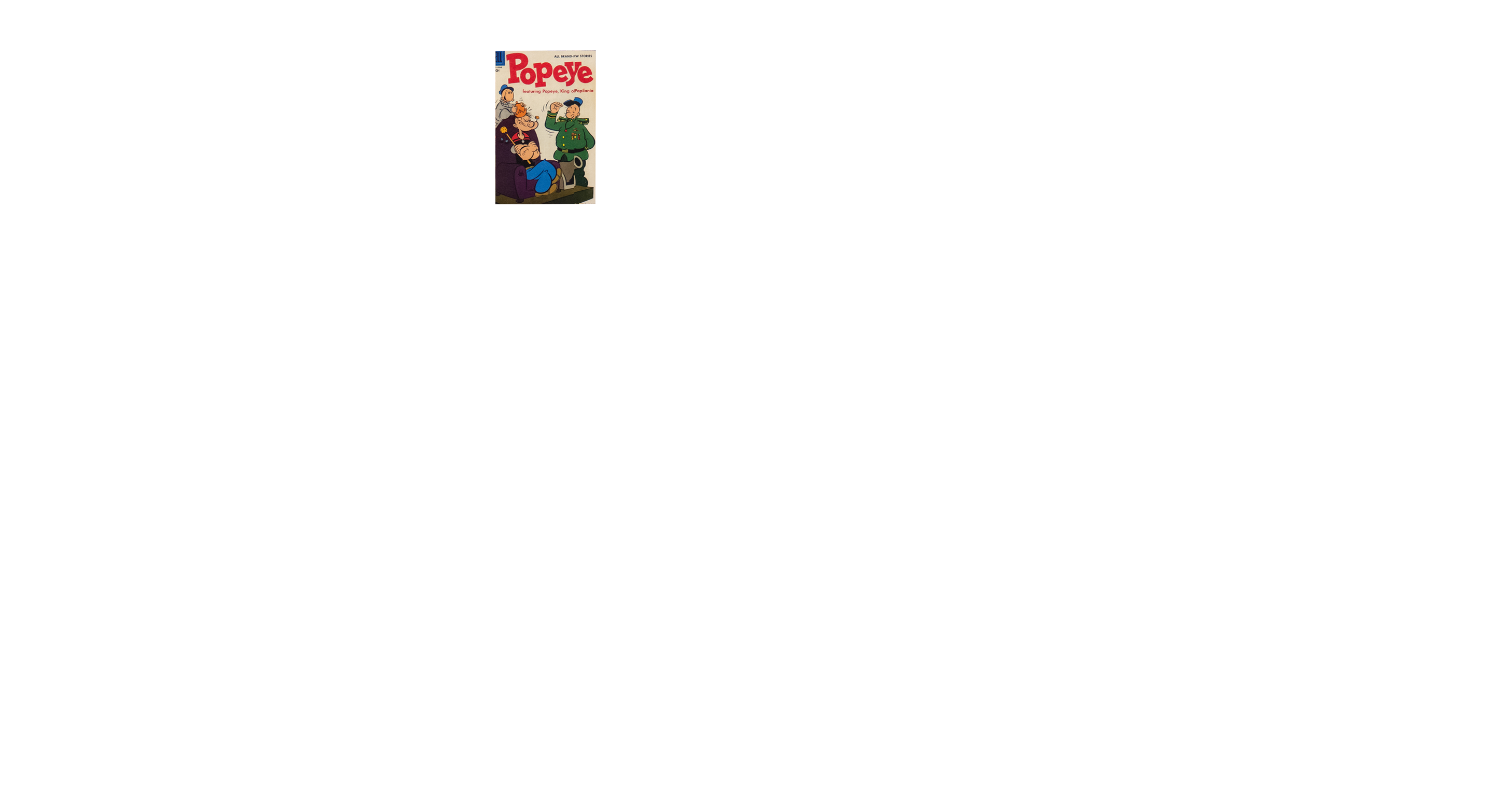
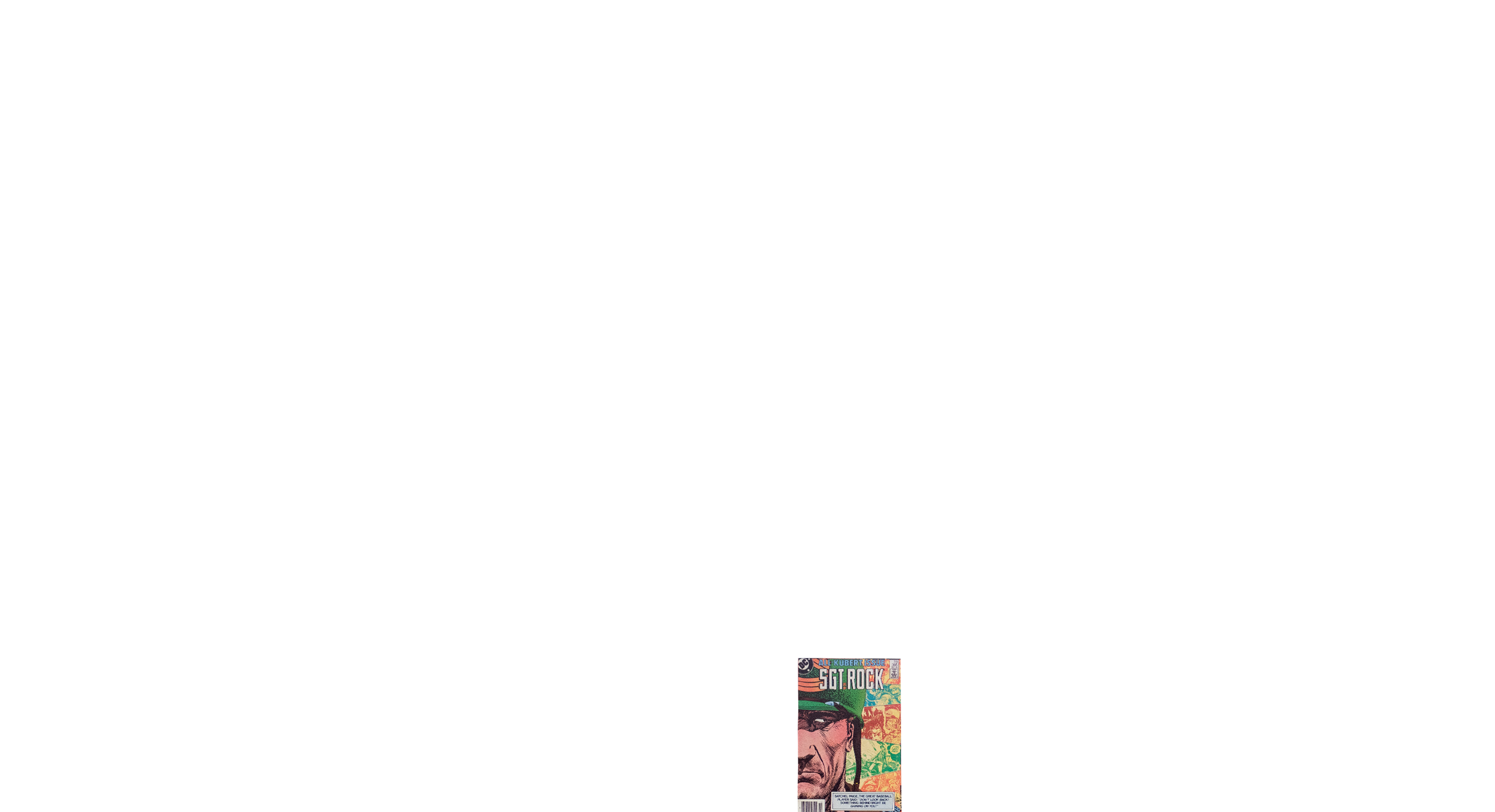
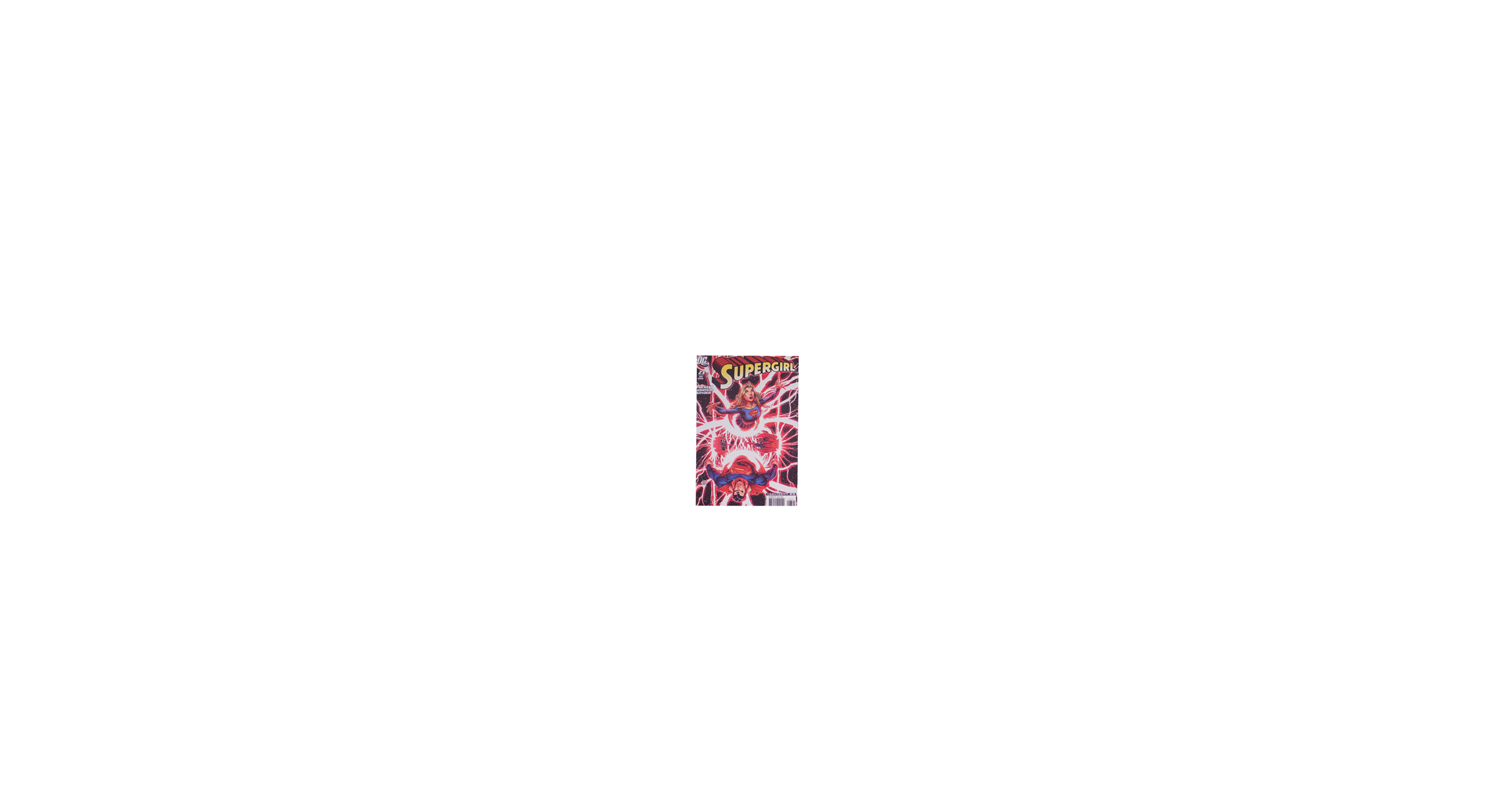

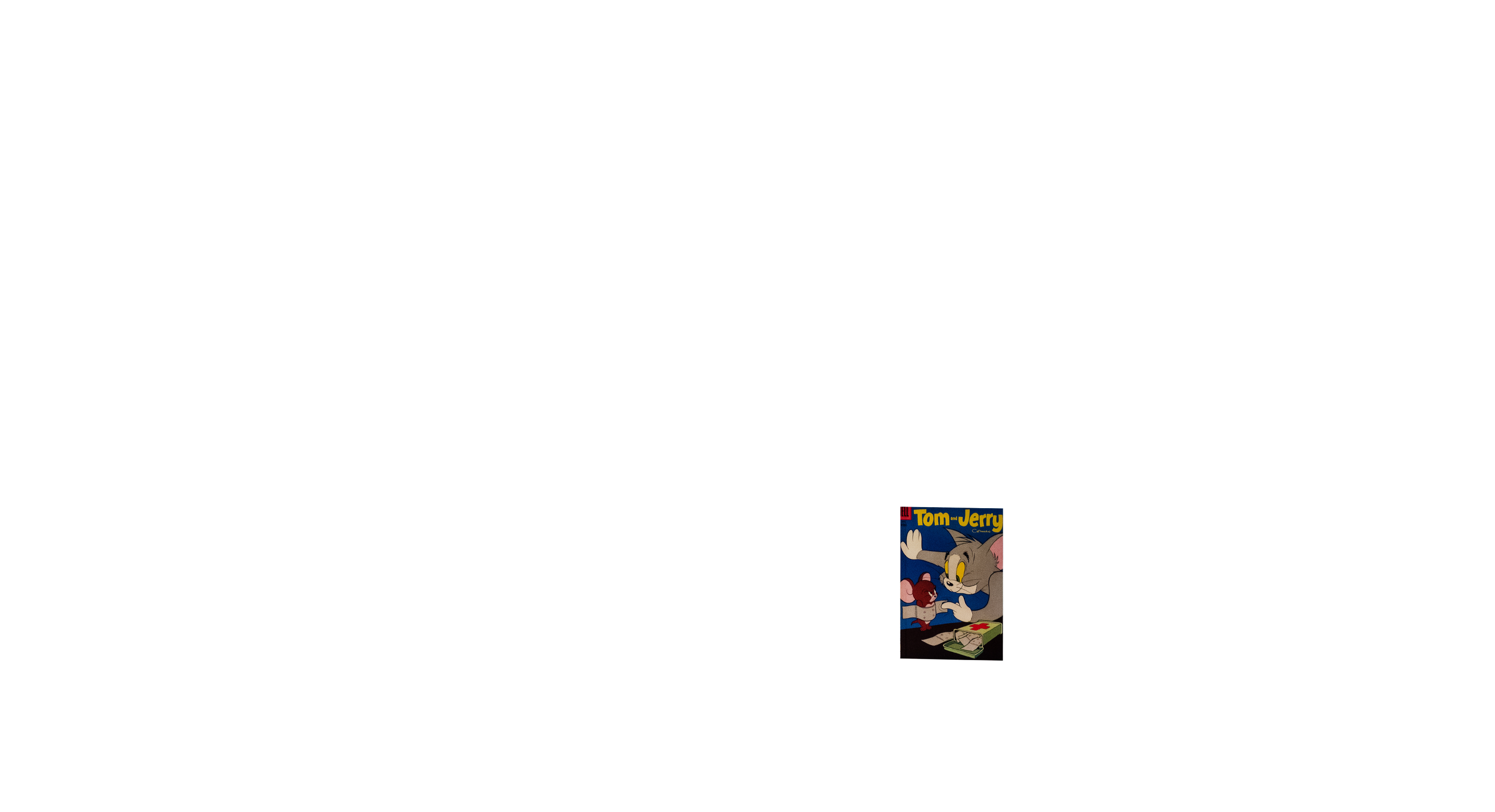
Steven Galbraith, curator at the Cary Graphic Arts Collection, has watched comics take on a new role at RIT. Shani Avni, the Ismar David Assistant Curator, created the wall wrap with covers from the collection.
August esbjorn-witt spent his fall semester with tor and chee-chee, luke skywalker, danger girl, and a host of other comic book characters represented in rit's melbert b. cary graphic arts collection.
The fifth-year advertising photography major digitized 144 3D comic books—that’s nearly 5,000 pages—using the museum-quality camera in Wallace Library’s digitization lab. He earned co-op experience and curated an exhibit this spring of 50 years of 3D comics for the Cary Collection’s new Kubert Lounge and Gallery.
“I’m excited to have that on my résumé,” said Esbjorn-Witt, who graduates this semester and is seeking work as a museum photographer.
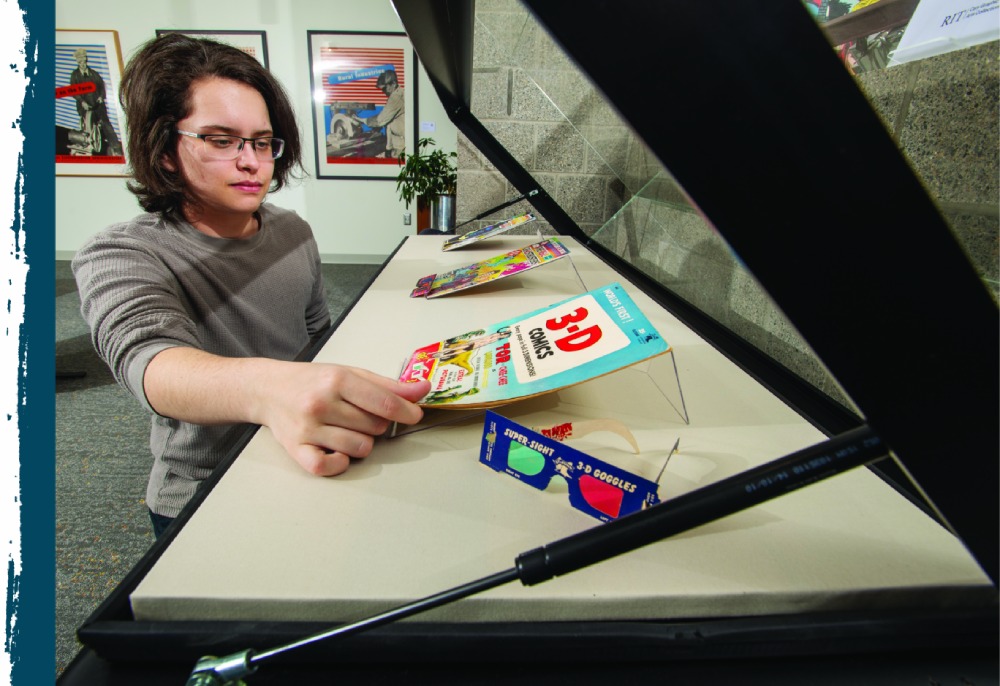
Student August Esbjorn-Witt installs his exhibit of 50 years of 3D comics in the new Kubert Lounge and Gallery.
He was able to have this experience because RIT is one of the few universities with a deep comics archive. Housed within Wallace Library, the Cary Collection—which is known for rare books, printing history, and modern graphic design—also has a growing reputation for comics, said Steven Galbraith, curator of the collection.
And the interdisciplinary art form is right at home at RIT.
“Comics lie at the intersection of so much of what RIT is—illustration, animation, game design, and film,” Galbraith said. “Students are engaging with the stories and characters coming out of comic books in all these types of media that RIT teaches.”
RIT’s comics collection is nearly 25 years old and is gaining notice by curators at more established collections at Ohio State, Michigan State, and Columbia University. Each special collection takes a different approach to the medium, from comic strips, popular comic books, and indie comics.
The evolving scope of RIT’s comics archive is twofold—it offers students and scholars both the breadth of comics history as well as a new niche in cartoonists’ process work. This aspect of the collection focuses on early sketches and drawings, and iterations of an idea that show an artist’s thought process and design approach.
“It makes sense because RIT is about making,” Galbraith said. “If you have the process work, you can take students through the creative process, and I think this is a powerful learning experience for an illustration major or for any comics fans. It’s a real behind-the-scenes look.”
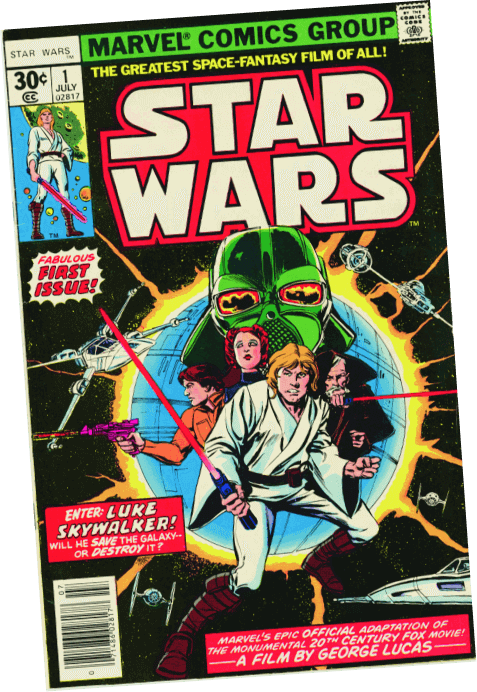
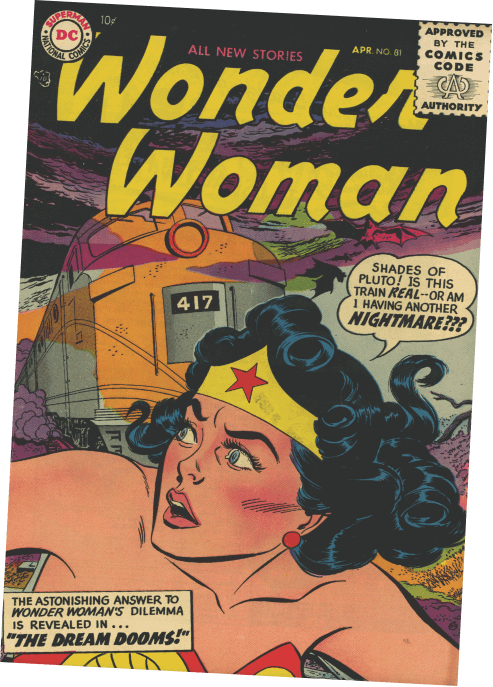
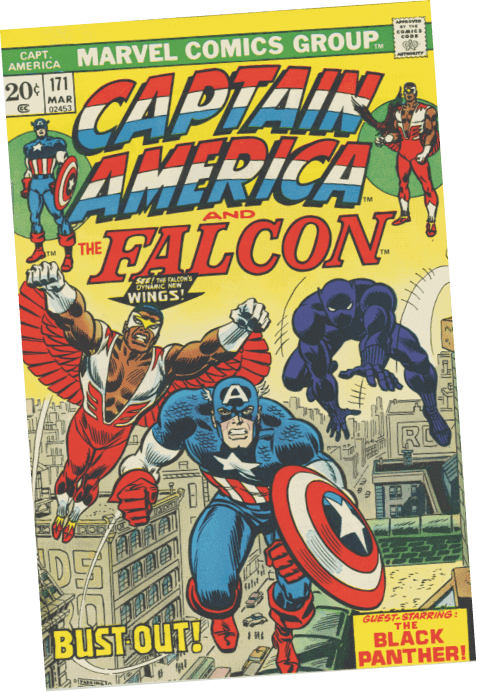
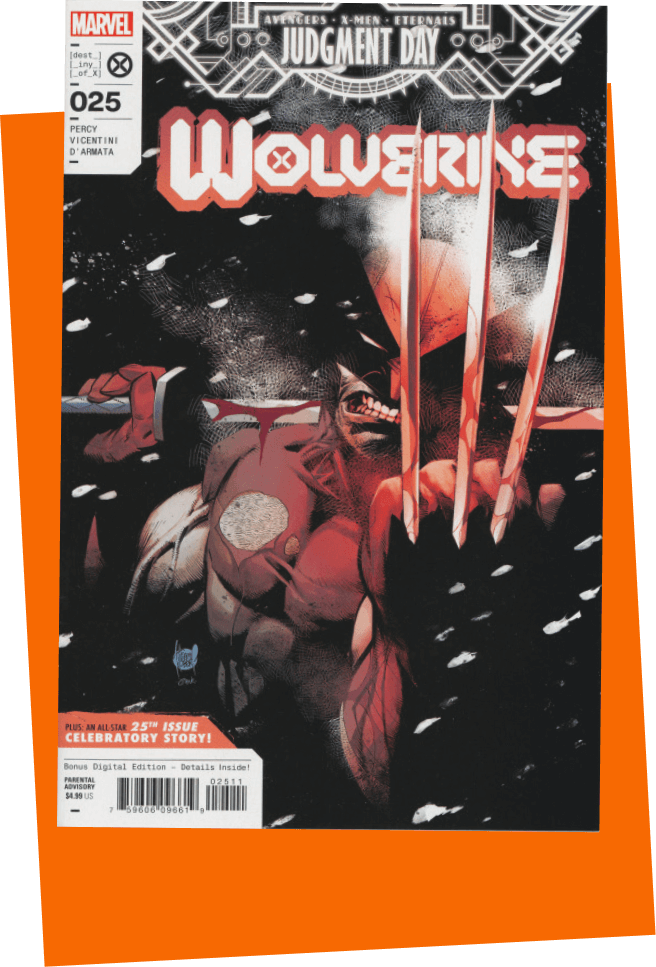 This Wolverine issue, with cover art by Adam Kubert ’81, is in the Cary Collection.
This Wolverine issue, with cover art by Adam Kubert ’81, is in the Cary Collection.

Adam Kubert '81 (medical illustration) and wolverine go all the way back to 1993, when the artist first drew the marvel comics superhero.
The two have crossed paths many times during the last three decades and most recently with the May release of Deadpool and Wolverine: WWIII. The three-part limited comic book series supports the Marvel Comics Universe movie Deadpool and Wolverine, which hits theaters in July.
Kubert has drawn the pantheon of DC and Marvel characters. He won the 1992 Will Eisner Comic Industry Award for inking Batman Versus Predator, published by DC Comics and Dark Horse Comics.
A comics educator and an innovator, Kubert is interested in exploring the new genre of vertical comics designed for mobile devices.
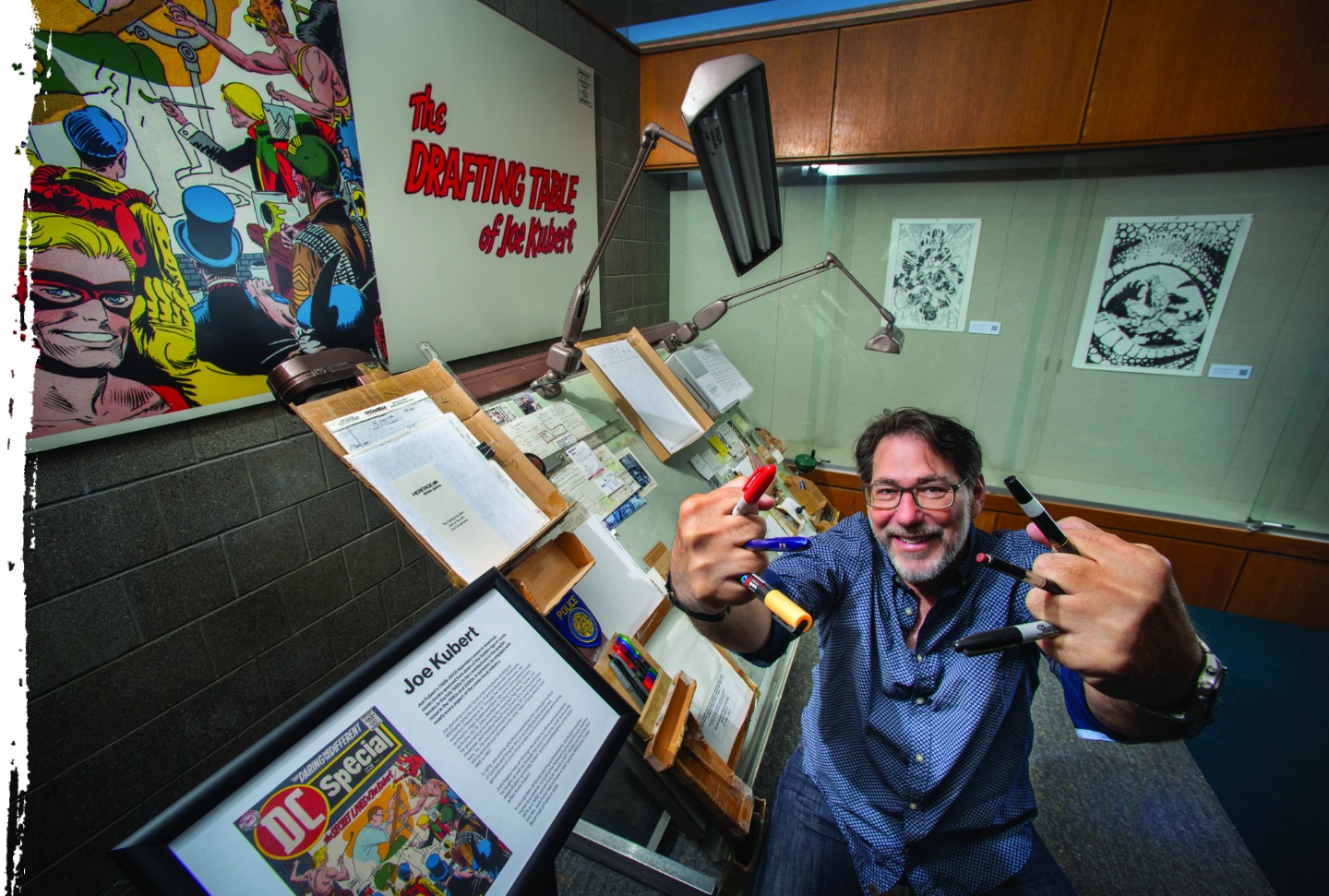
Adam Kubert ’81 makes Wolverine claws at his father’s drafting table in the new Kubert Lounge. He hopes students can learn about the making of comics from the exhibit.
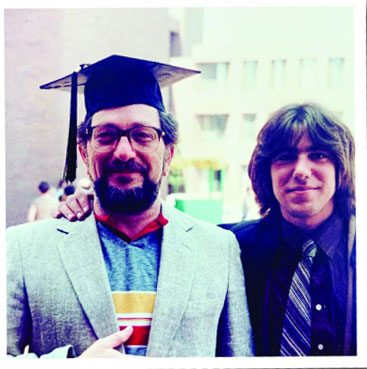
The early collection
Comics in the Cary Collection began mostly overnight in 2010 with a gift from Stephen Cooper ’66 (illustration photography). The Stephen Neil Cooper Collection includes 202 comic books published in April 1956. The collection includes a wide range of genres and characters, such as Wonder Woman, Archie, the Lone Ranger, Alfred E. Neuman, Uncle $crooge, and Mighty Mouse, among others.
Donald Lombardo, a collector in Rochester, also reached out to the Cary Collection. Since 2018, Lombardo has given RIT nearly 1,900 comic books and hard-cover retrospectives.
The Lombardo Collection spans the 1960s to the early 2000s with a wide selection of Marvel Comics (X-Men, Wolverine, Spider-Man, Hulk, Daredevil, and more), DC Comics (Justice League of America, Superman, and Shazam!, among many others) and various independent publishers that promoted alternative voices.
“Don collected the complete Star Wars series that began in the late 1970s. The series saved Marvel Comics from bankruptcy,” Galbraith said. “Star Wars appeals to many RIT students.”
The focus on the creative process in comics didn’t really take off until Daniel Worden, associate professor in the School of Art, went looking for RIT’s presence in the comics industry. Worden, who came to the university in 2016, is one of the leading comics scholars in the country.
Worden connected with Marvel Comics artist Adam Kubert ’81 (medical illustration), who is known for his illustrations of Wolverine, Spider-Man, the Hulk, and many others.
Not only is Kubert a legendary comic book artist, but his father, Joe, had a storied career in the comics industry, spanning the golden age of comic books in the late 1930s to the 2000s. Adam Kubert’s younger brother, Andy, is also a DC Comics artist.
Joe Kubert drew Sgt. Rock, Tarzan, and Hawkman, to name a few. He also created his own characters with Viking Prince, Enemy Ace, Tor, Chee-Chee, and the comic strip Tales of Green Beret.
Worden introduced Kubert to Galbraith and a friendship among all three ensued. In 2019, Kubert donated the contents of his late father’s office as well as some of his own process drawings. Last fall, the Kubert Lounge opened in the renovated Wallace Library and the desk used by Joe Kubert was put on display.
The first exhibit in the Kubert Lounge featured Adam Kubert’s process work and his cover art for Spider-Man: India.
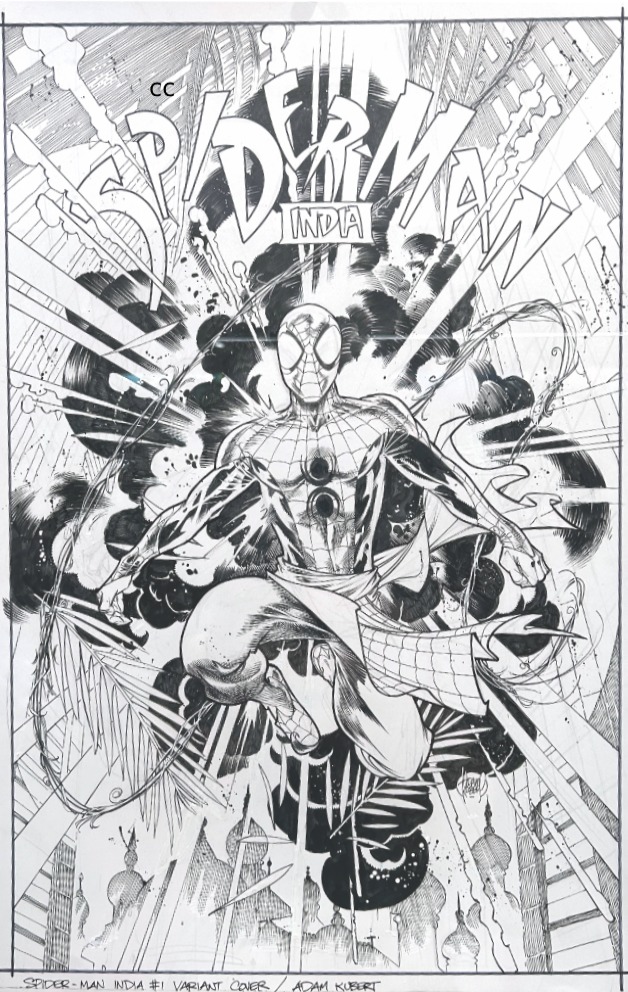
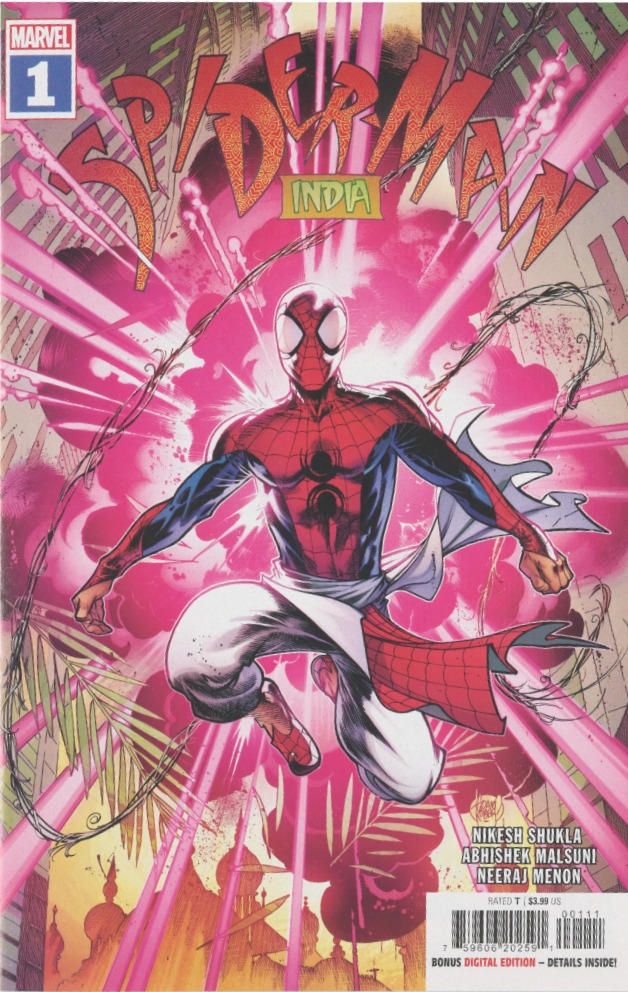
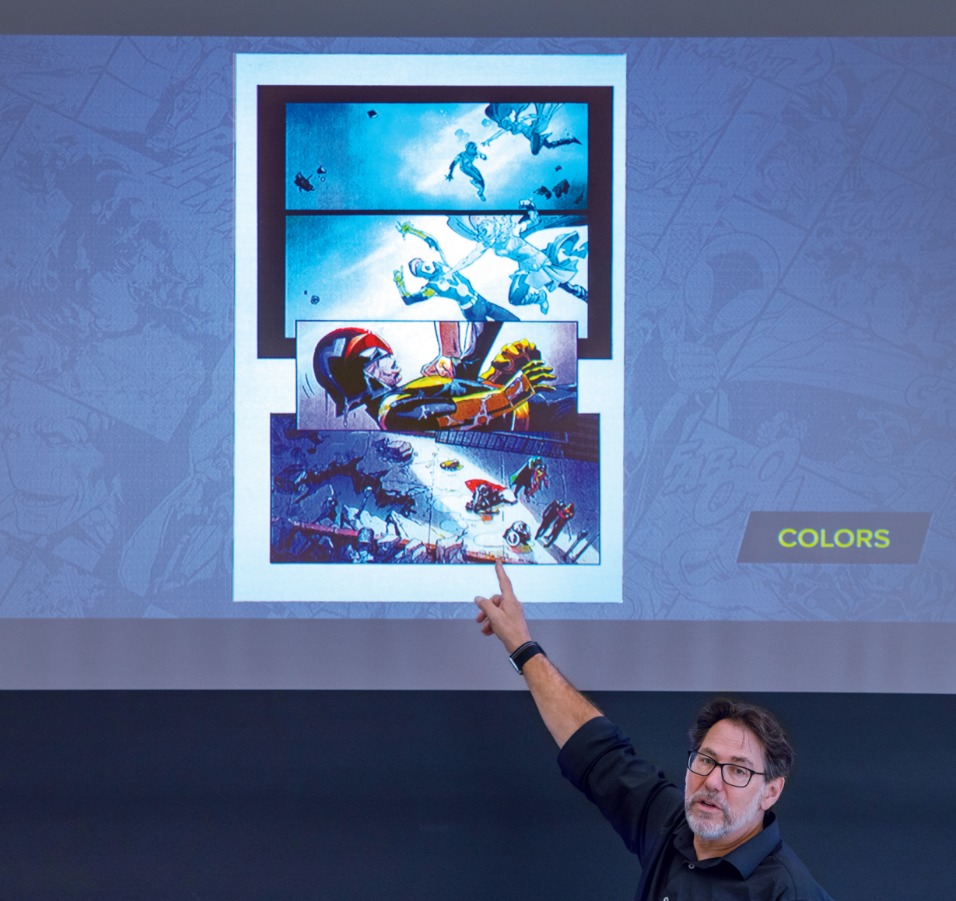
Adam Kubert spent time last fall with RIT illustration students, holding workshops and visiting classes. He discussed the importance of process, including thumbnail designs and use of color in comic book art.
“The process is where the thinking takes place, more so than in the finished piece,” Kubert said. “People see the finished piece and are wowed by it, but they have no idea how the artist got to that point. It’s a device to understand the process an artist goes through in order to produce that work.”
Students and campus visitors seek out the comics lounge to see the drafting table, which is displayed as the artist left it, with drawings in progress and pencil shavings in the gutter.
The lounge is an extension of the Cary Collection’s footprint and branches off the pathway to the SHED, RIT’s new building that combines makerspaces, performing arts spaces, and classrooms designed for active learning.
Third-year illustration student Megan Chase, from Syracuse, N.Y., lingered over the desk and admired the history and the worn surface where the artist made his living.
“That’s exactly what I would expect from working at one spot on your desk—it shows the wear over time.”
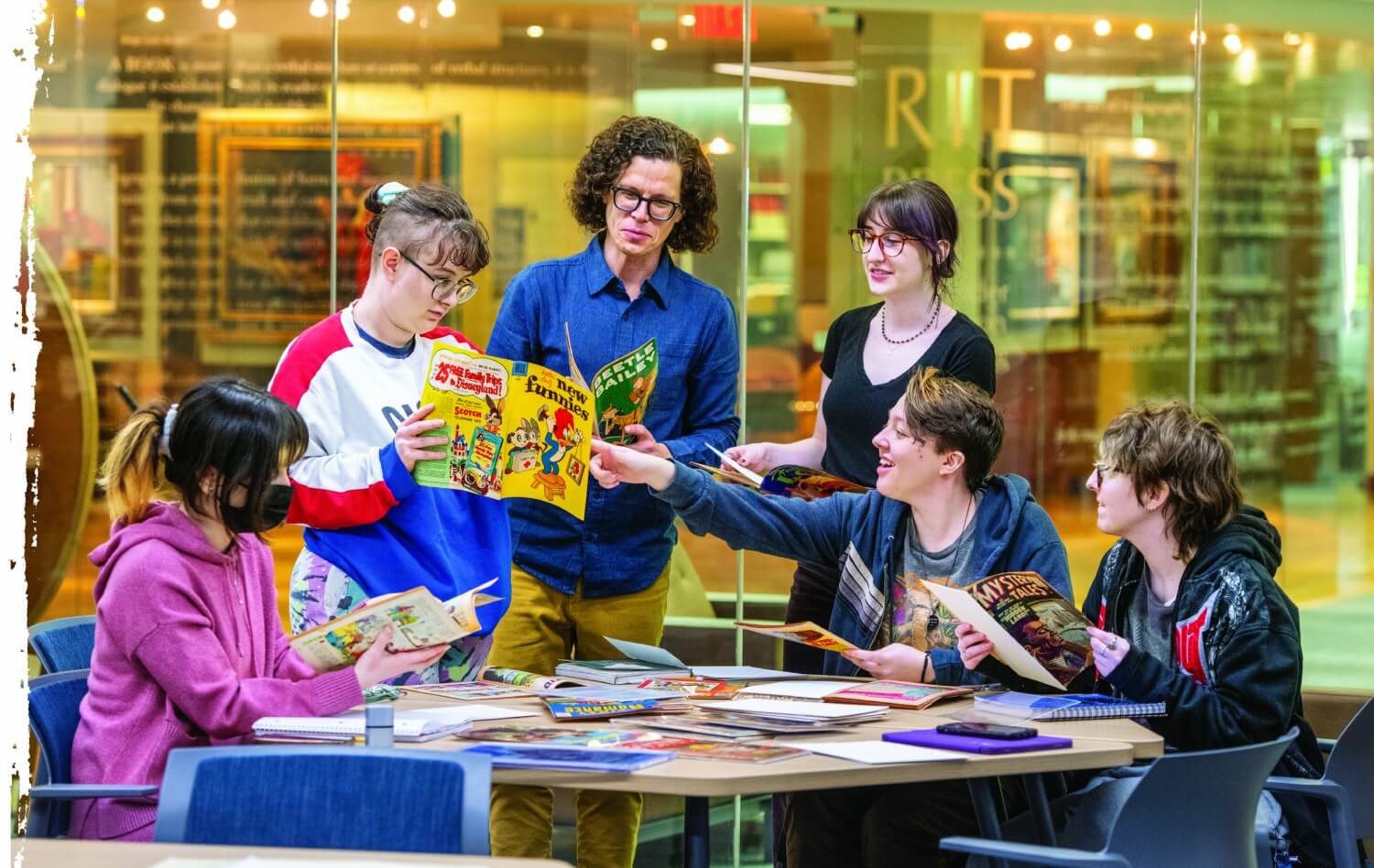
RIT Associate Professor Daniel Worden, center, shares insights with upper-level illustration students, from left to right, Maya Levenstein, Sloane Habbershon, Megan Chase, Simon Lee, and Corey Dostie. Worden is a leading comics studies scholar.
Teaching tool
For the first time this spring, Worden taught his class Comics in the Archive in the Cary Collection.
“For me, the archive is important for teaching about comics because you need to see the material objects to understand them,” Worden said. “I know, in this digital age, my most important class sessions are the ones where students spend an hour reading in the archive space. We’ll take a break and talk about what we read, and they ask really telling questions.”
During one class period, the group of upper-level illustration students sat quietly for 20 minutes poring over a collection of mini-comics and finding publishers’ edits in some of the small books.
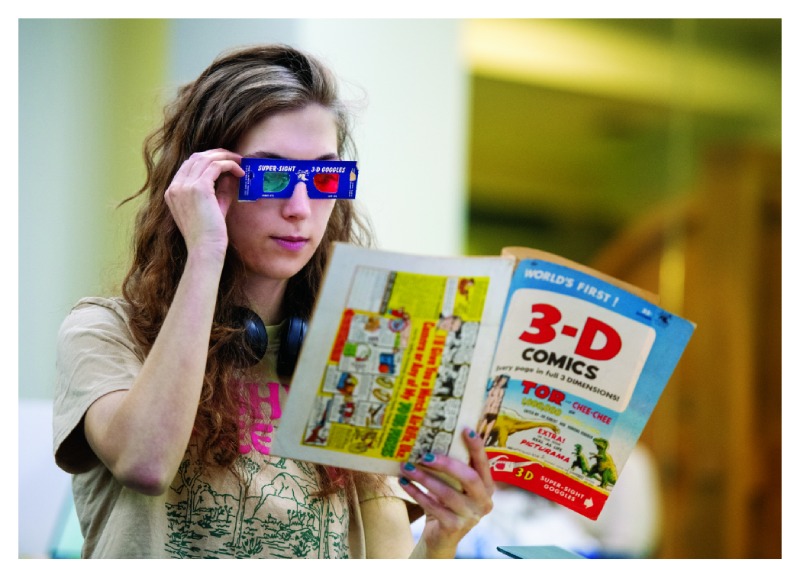
“That was my favorite part because it feels like you’re getting inside the head of the artist,” said Sloane Habbershon, from Middletown, Pa. “And for me, it’s trying to wonder about what was the specific thing they wanted to change.”
In another class period, the students spent time looking at process work from both Kuberts, noticing changes that were made between iterations.
Karen “Ren” vanMeenen, principal lecturer of English, and Henry Uhrik, visiting lecturer in the School of Art, also build their courses around the comics archive.
Students in nearly all of vanMeenen’s literature and creative writing classes visit the Cary Collection for a grounding in print media, from comics to artists’ books. The comics archive is essential for her graphic novel students to appreciate the medium’s history and scope, as well as the tactile and material qualities—the color, text, size and shape, and page spreads—that digital books cannot replicate.
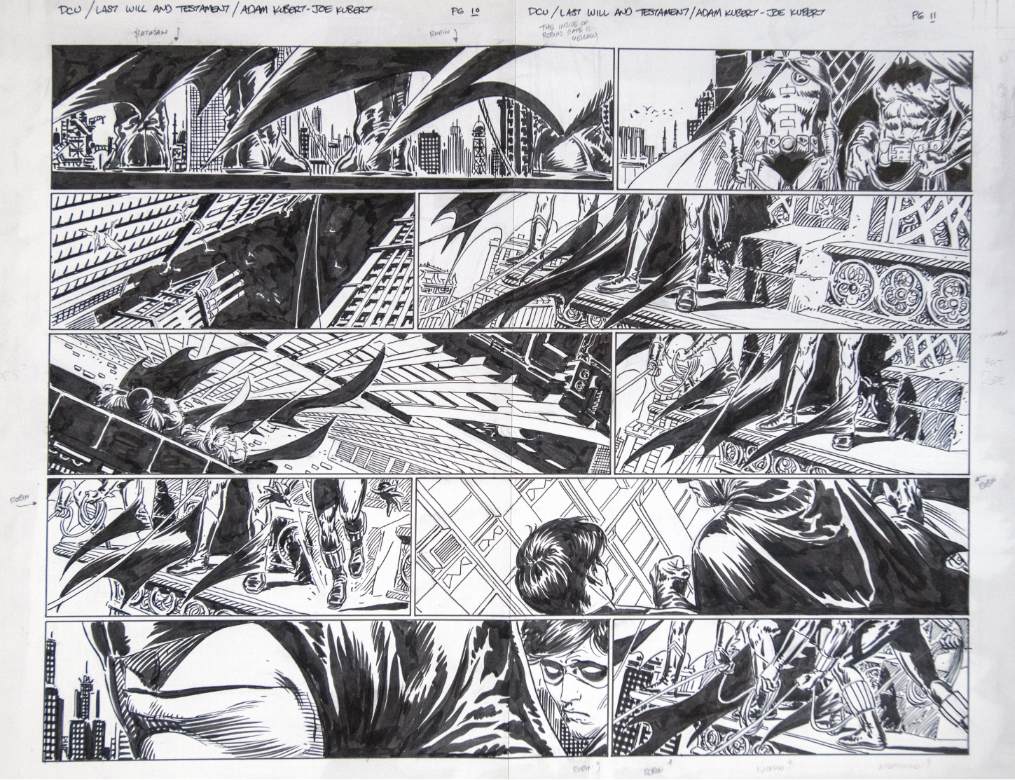
Both Joe and Adam Kubert worked on parts of DC Universe: Last Will and Testament.
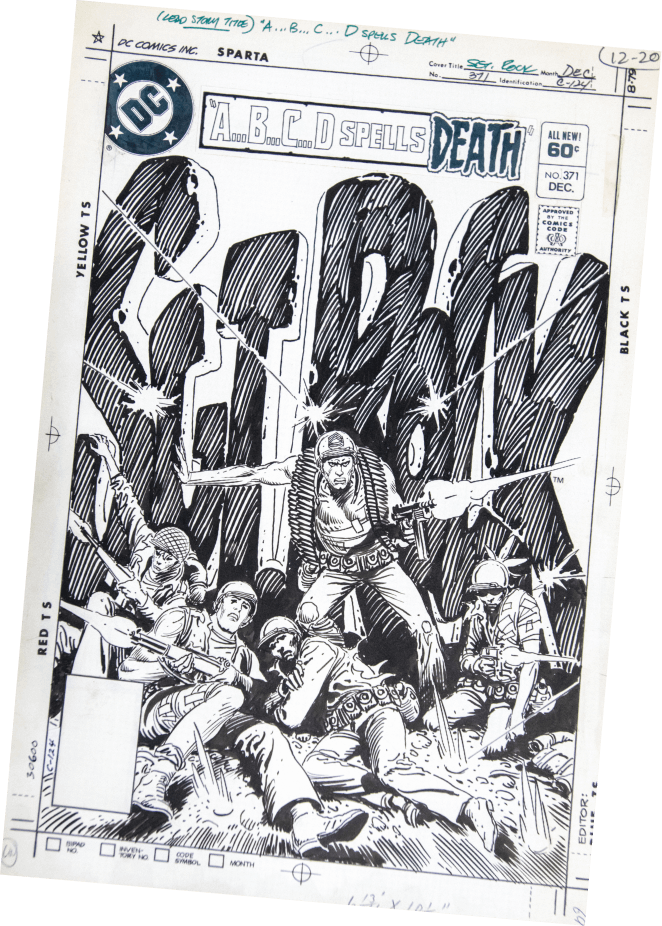
Joe Kubert and Robert Kanigher created the Sgt. Rock character, who first appeared in a 1959 comic.
She works to dispel the juvenile or childish reputation sometimes attached to the graphic novel and graphic memoir genres.
“We’re still fighting against a stigma to explore and explain these complicated narratives and image-text combinations, the possibilities of enhancing literacy and visual literacy skills in students, and the rich storytelling—and the students get it,” vanMeenen said.
Students in Uhrik’s cartooning and graphic novel classes spend a lot of time with the comics archive to better understand the working process. Uhrik teaches his students to draw cartoons with traditional nib pens and brushes, and when they look at Joe Kubert’s process work, they see a master using the same materials.
“If you are looking at a final printed comic book, it is hard to understand that those are drawings,” Uhrik said. “If you have the pencil sketch, you can see the working process—where they missed, or where they put Wite-Out and redid a part. It’s a puzzle with all these different pieces.”
Latest additions
RIT’s comics collection continues to grow through donations that broaden students’ exposure to what the art form can look like and who can create comics. The latest additions to the Cary Collection include examples from the do-it-yourself comics movement at the turn of the 21st century and the 3D fad in the commercial comics industry.
Last year, Gene Luen Yang, a parent of a current student, gave the Cary Collection 200 mini-comics from the alternative comics scene in San Francisco in the 1990s and early 2000s. This is when he got his start as a comics artist and began sharing his photocopied comics.
His gift to RIT includes early chapters of American Born Chinese, his award-winning graphic novel and now a Disney+ series, and work by cartoonists such as Derek Kirk Kim, Thien Pham, Lark Pien, and Raina Telgemeier, among others.
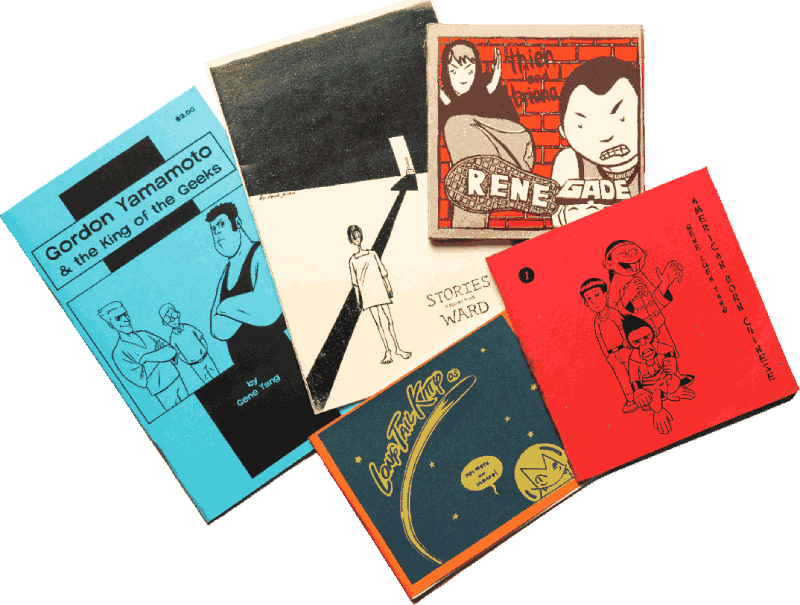
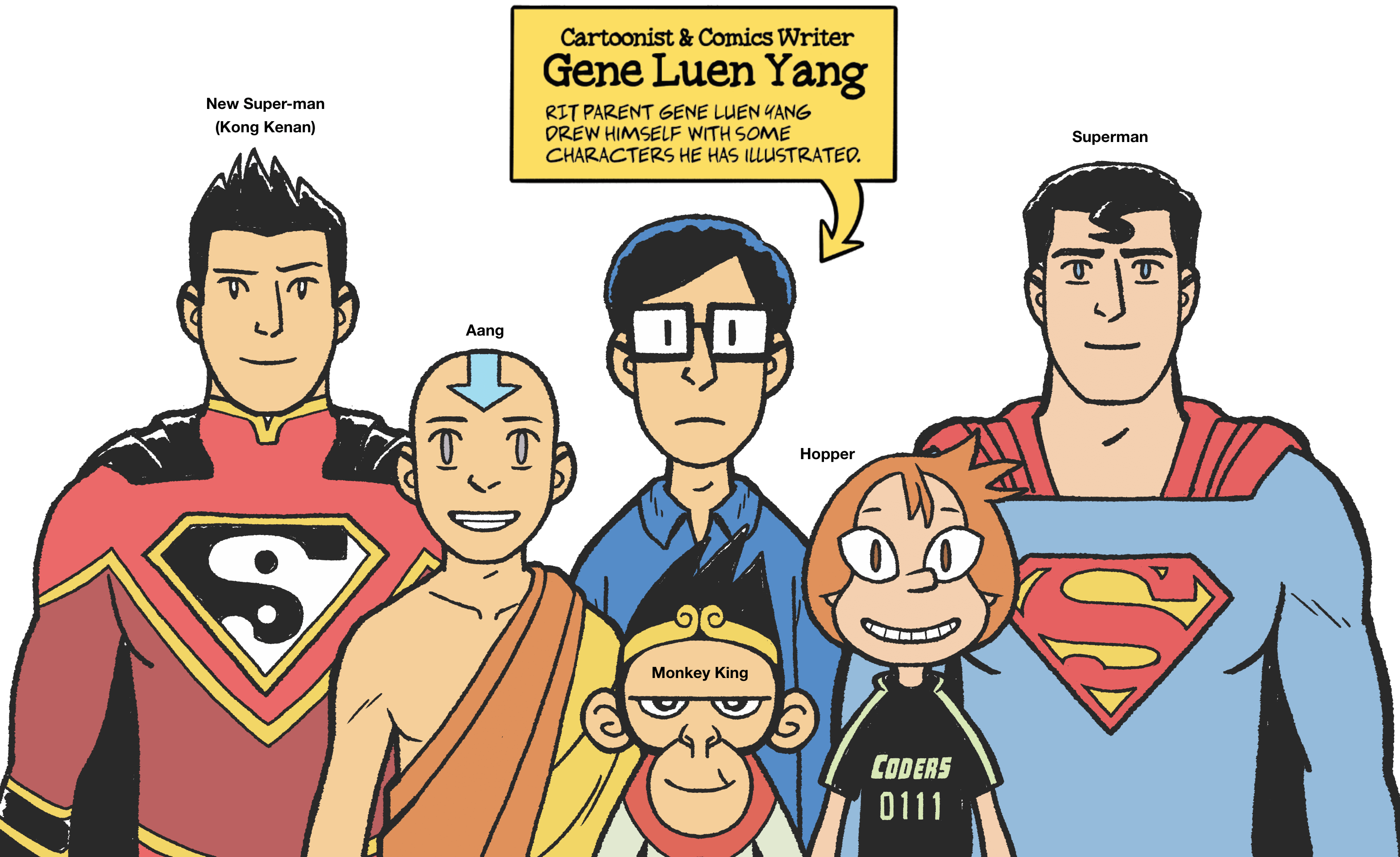
Yang, who lives in San Francisco, discovered RIT when his son, Kolbe, began his college search and enrolled in RIT’s computer science program. Kolbe will begin his fourth year at RIT in the fall.
Yang donated his collection out of gratitude for Kolbe’s experiences and personal growth while at RIT, and the sense that the university is a good fit for comics.
“It felt that RIT was a great home for these mini-comics,” he said. “There seems to be a value for comics as an art form on that campus.”
Yang’s collection will go on display in the Kubert Lounge in the fall, replacing the current exhibition of 3D Comics. Galbraith hopes to bring in new additions for students to learn from in their classes and through independent projects like Esbjorn-Witt’s.
The 3D comics he handled came from another unique gift in 2023, this time from Cooper, the alumnus who donated the comics snapshot from April 1956. His set of 3D comics includes a pristine copy of Joe Kubert’s Tor and Chee-Chee from 1953, the earliest in the 3D collection. The comic holds historical significance because, in the 1950s, Joe Kubert and a fellow artist designed the first American 3D comics. Their process used six layers of acetate to create a striking optical effect that surpasses later examples, Esbjorn-Witt said.
“It’s cool that someone who went to RIT donated his comics to the Cary Collection, and that I got to make an exhibit with them,” he said. “I wanted to do a special digitization project, and it wound up being more than I imagined. I know a whole lot more about the strange history of 3D comics and how to tell a story through an art exhibit.”

drafting table becomes a lesson in conservation
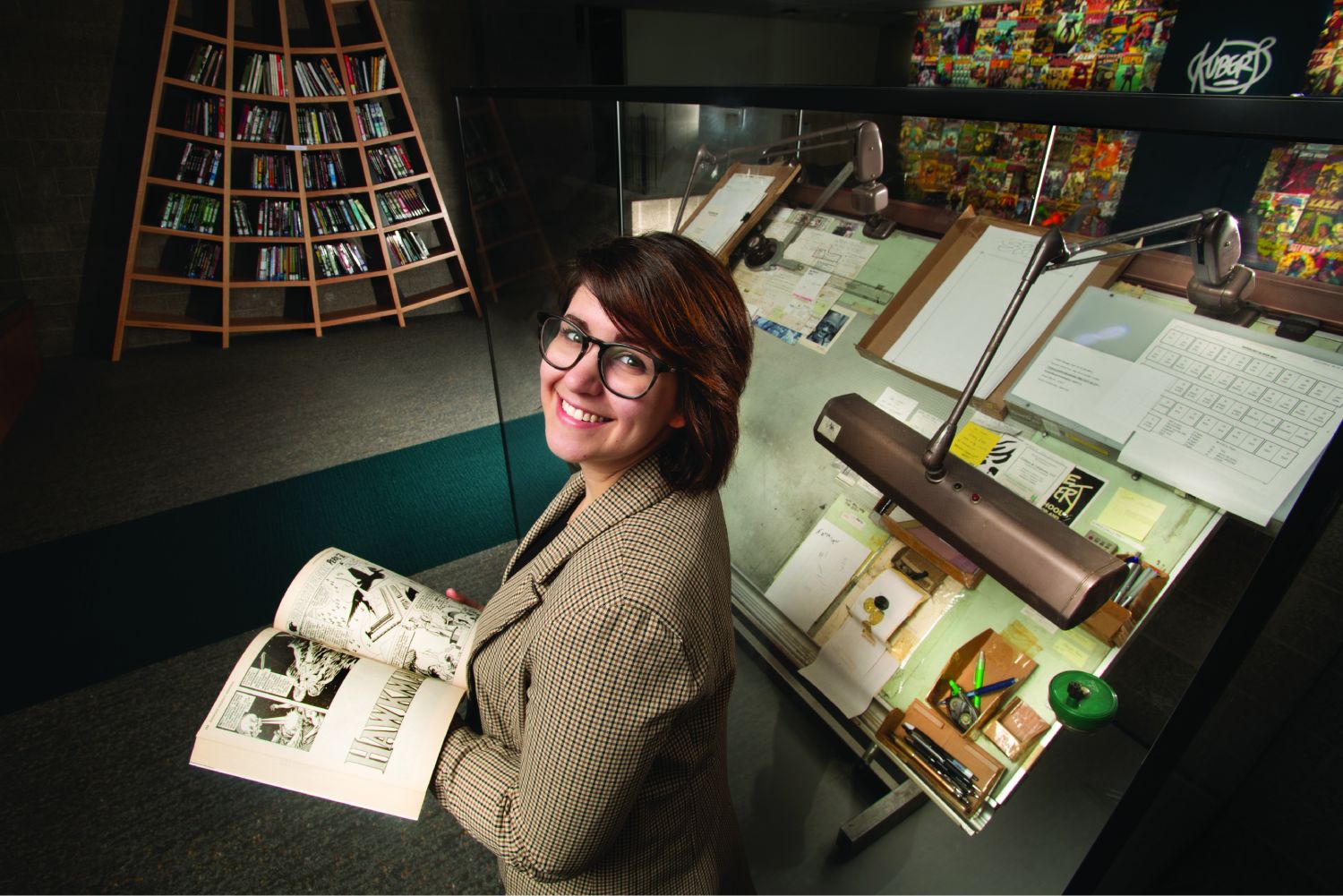

RIT students seek out Joe Kubert’s desk in Wallace Library, said Leah Humenuck, conservator and color science Ph.D. candidate. “It is an inspired space.”
Leah Humenuck, a Ph.D. candidate in RIT’s color science program and a paper conservator, prepared Joe Kubert’s drafting table for exhibition in the Kubert Lounge and Gallery in RIT’s Wallace Library.
Humenuck, who was hired by the Cary Graphic Arts Collection, recreated the minute details of Kubert’s work surface using photographs documenting his desk. She covered personal phone numbers with Japanese archival paper and stabilized the most precarious cardboard caddies taped to the desk.
She documented her work in a conservation report, which she will present at a national conference in May.
Kubert constructed cardboard shelves and ledges to hold his tools and reference work and attached them with different kinds of tape. An inkpot supported by a cardboard structure and taped to the desk intrigued Humenuck the most.
“This inkpot is one of the most important artifacts about the desk because it has a lot to do with the history of how Joe made comics,” she said. “He taught his son and people at his school (the Joe Kubert School of Cartoon and Graphic Art in Dover, N.J.) how to put a cardboard structure around their inkpots to keep them on their desk and to work more efficiently. This is a Joe Kubert signature adaptation to a desk.”
Humenuck said Kubert’s legacy is living on in a new way for students.
That’s why Adam Kubert ’81 (medical illustration) entrusted RIT with his father’s desk, process work, personal effects, awards, correspondence, and the famed Justice League table.
“I want people to know who he was and what he did,” Kubert said. “I think it’s great that the comics community is flourishing worldwide. There needs to be a place of higher learning where cartoonists can donate their semi-mundane objects for people to learn from.”









